Today's Guide to the Marketing Jungle from Social Media Examiner...
|
Presented by
|
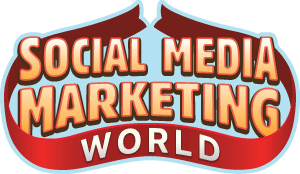 |
It’s National Thank Your Customers Week, so thank you Reader! We’re grateful you’re with us! 🎈
In today’s edition:
-
🪞 Today's Tip of the Day is for social strategy
-
🔐 Strategies for LinkedIn newsletter growth
-
Instagram shares reach tips
-
TikTok content trends
-
🗞️ Additional industry news from Meta, YouTube, and more
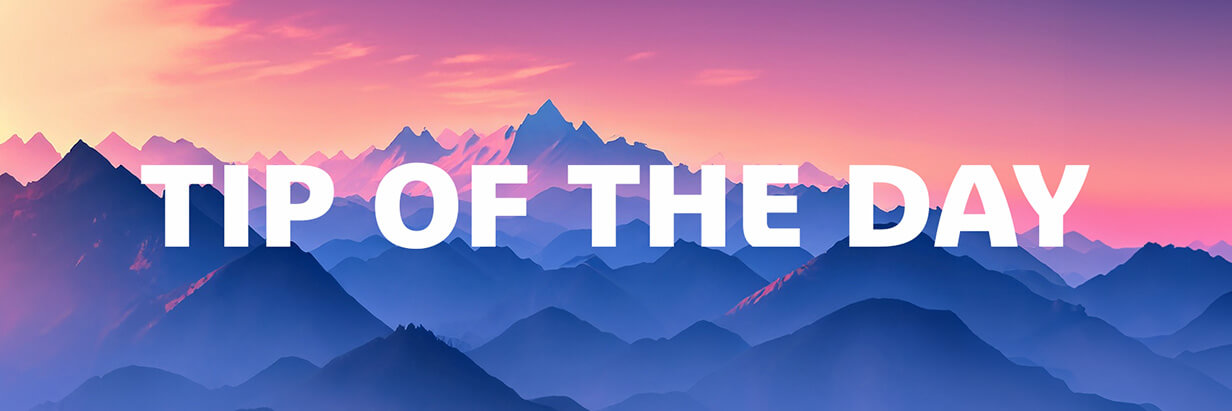
Are you trying to do too much with your marketing messaging? Is every message stuffed with everything every customer might want to know?
If you rely on native targeting, you can find your customers, but it’s difficult to know which facet of your product or service most interests each one. Using zero-party data can help.
Using Zero-Party Data to Improve Your Social Media Strategy
Zero-party data is information that customers willingly share with brands through polls, quizzes, interactive posts, direct messages, loyalty programs, and social interactions. This Voice of Customer data is highly accurate and permission-based.
Once collected, zero-party data can be analyzed and used for customer segmentation, allowing you to deliver targeted messaging and campaigns based on specific preferences.
For example, in skincare marketing campaigns, you can target one segment with content emphasizing lightweight formulas and another focusing on hydrating properties.
Today's tip was inspired by Brooke Sellas, a featured speaker at Social Media Marketing World.
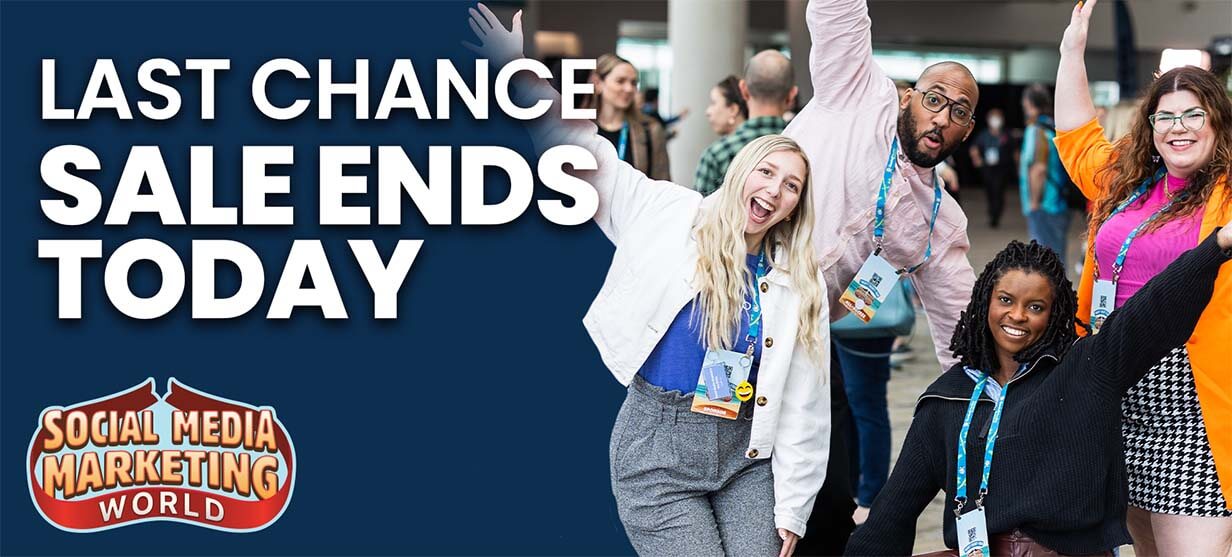
Less Than Three Months And Counting, Reader
On March 30th, marketers from around the world will come together for our 12th annual Social Media Marketing World.
Will you be joining them?
"I came away incredibly empowered and reinvigorated for my work! At the time, I was fighting imposter syndrome. I came away with a million ideas and new/creative ways to approach my work. My business has since doubled in size (revenue) and I’m a much more confident entrepreneur and storyteller," said Emily Rae Schutte.
Today is the last day to save $600 on your All-Access ticket.
I want to learn… and save!
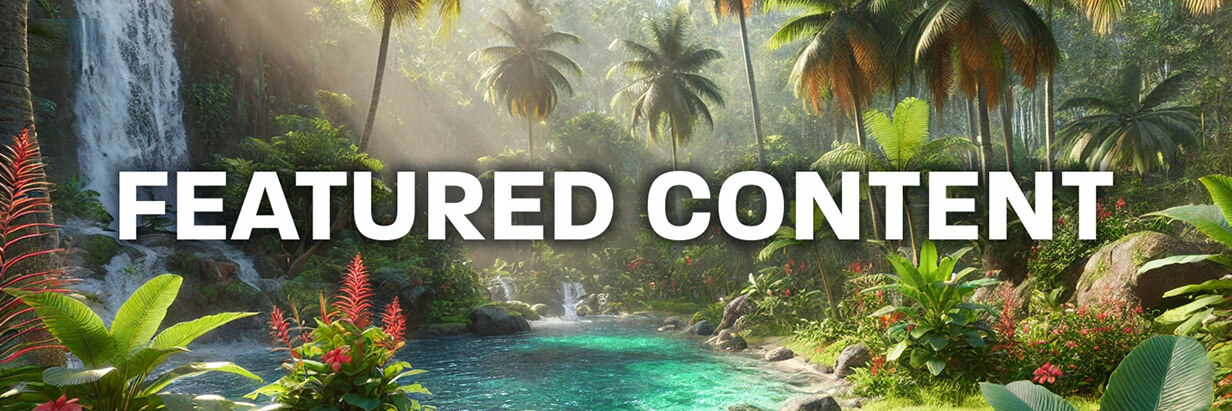
How to Use LinkedIn Newsletters: A Guide for Businesses
Want to know how top marketers are getting hundreds of thousands of newsletter subscribers on LinkedIn?
Learn the exact strategies successful creators use to grow massive LinkedIn newsletters, including how to optimize for subscribers, create engaging content, and turn your newsletter into a lead generation machine.
Built-In Distribution and Subscriber Growth: How LinkedIn Automatically Promotes Your LinkedIn Newsletter
LinkedIn newsletters represent a hybrid between traditional email newsletters and blog posts. Unlike standalone articles on LinkedIn, newsletters come with powerful distribution advantages.
When you publish a newsletter, your content is distributed through three primary channels:
-
Each edition of your newsletter is sent directly to your subscribers' email inboxes. Readers can create filters to organize LinkedIn newsletters in their inbox, though they cannot opt out of email delivery - a feature that ensures your content reaches your audience's primary inbox.
-
A post for your newsletter automatically publishesIn the LinkedIn newsfeed
-
Each subscriber gets a platform notification when a new edition is published
This triple-distribution approach ensures maximum visibility for your content.
When you launch a newsletter, LinkedIn automatically notifies your existing connections and followers. While you can't control the text of this initial announcement, you can maximize impact by publishing your first article simultaneously with the launch.
Additionally, every new follower you gain receives an invitation to subscribe to your newsletter.
The newsletter format also enhances engagement by positioning comments alongside the content on desktop, making conversations more visible and accessible to readers.
Comments are aggregated from both the feed and article views, creating a unified discussion that builds community around your content. This engagement helps extend the reach of your newsletter beyond your immediate subscriber base.
How to Set Up Your LinkedIn Newsletter
The process of creating a LinkedIn newsletter begins with writing an article.
-
Click "Write an article" on LinkedIn
-
Look for the "Manage" dropdown menu
-
Select "Create newsletter" from the options
The platform offers several useful features for newsletter management. You can:
-
Create reusable templates for consistent formatting
-
Schedule publications up to 90 days in advance
-
Manage drafts and organize content
-
Copy and paste existing blog content (though longer posts may need to be copied in chunks)
Publishing Strategy and Frequency
You can publish newsletters from either a personal profile or a company page. The choice depends largely on your team structure and content strategy.
Company pages work well for frequent publishing with multiple team members, while personal profiles may be better suited for individual thought leadership.
LinkedIn offers specific frequency options for newsletter publishing: daily, weekly, bi-weekly, or monthly. Fox recommends different approaches depending on whether you're publishing from a personal profile or company page.
For personal profiles, Fox suggests maintaining a weekly to monthly publishing schedule. This moderate frequency helps maintain quality while avoiding overwhelming your audience. She cautions that publishing too frequently on a personal profile might send the wrong message, suggesting you have unlimited time rather than focusing on your core business.
Company pages, however, can sustain more frequent publishing, especially with a team supporting content creation. Some successful company newsletters publish daily content without diminishing engagement, as subscribers expect and welcome regular updates from business entities.
Pro Tip: You can adjust your publishing frequency without notifying subscribers. This flexibility allows you to test different schedules or adapt to changing content needs without creating confusion among your audience.
How to Grow Your LinkedIn Newsletter Audience
These strategies will help expand the reach of your LinkedIn newsletter:
-
Feature your newsletter prominently in your LinkedIn profile's featured section, which provides a direct subscribe button
-
Promote your newsletter through other platforms, such as Instagram, using LinkedIn's subscriber pop-up link
-
Include your newsletter link in your email signature
-
Leverage your existing email list to drive subscribers to your LinkedIn newsletter
Two Content Strategy Tips
External Links: Limit the number of external links to two or three per newsletter to avoid overwhelming readers. Focus on your primary conversion goal, whether that's event registration, calendar bookings, or product sales. Fox suggests making auxiliary links in your signature less prominent than your main call-to-action.
Promotional Content: Make promotional content visual rather than relying solely on text links. Create eye-catching images, potentially including arrows or animated GIFs to draw attention to calls-to-action. For existing blog content, you can simply copy and paste into the LinkedIn article editor, though Fox advises breaking longer content into chunks if you encounter any issues with the paste function.
Today's advice is provided with insights from Judi Fox, a featured guest on the Social Media Marketing Podcast and presenter at Social Media Marketing World.
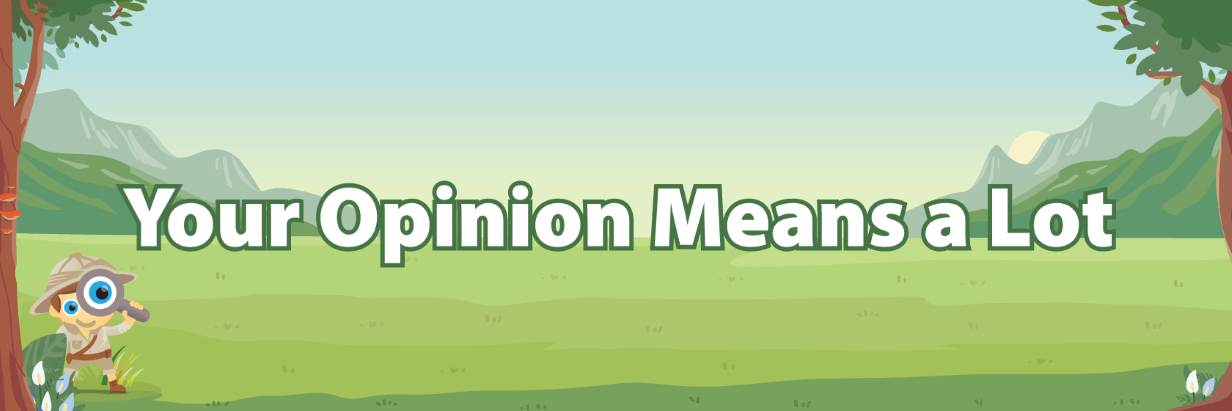
LAST CHANCE: Your Feedback Is Important!
As a newsletter subscriber, your opinion means a lot to us.
Would you please take a few minutes to participate in our annual survey?
Your feedback shapes the content in this newsletter, by helping us understand what topics you find most beneficial. It’s also used to create our annual Industry Report.
But don’t wait. The survey closes VERY soon!
I’m ready to take the survey!
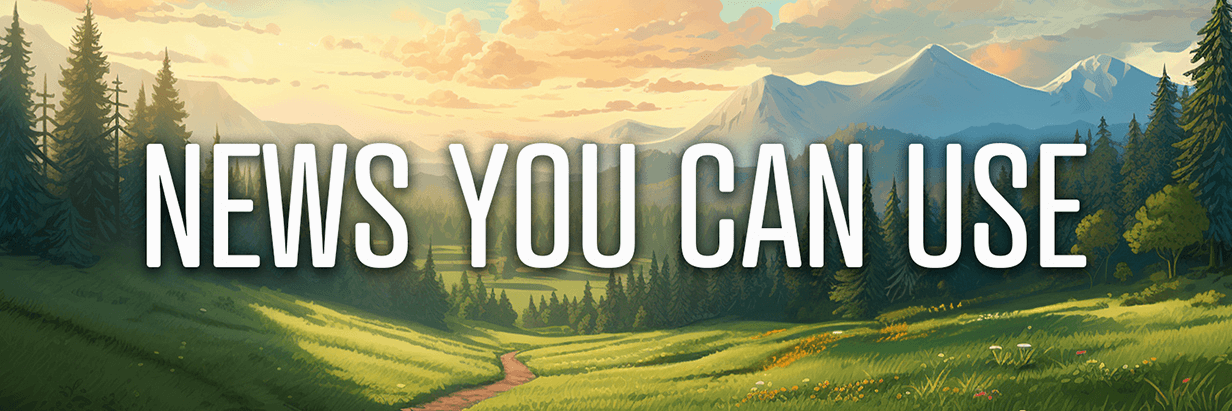
Google AI-Powered Daily Listen: The feature creates personalized audio content that is up to five minutes in length based on users' Discover feed content. Daily Listen is being rolled out on the Google app for both Android and iOS platforms, with initial availability limited to U.S. users who have opted into Search Labs experiments. The podcast episodes include clickable links to related stories, allowing listeners to explore topics in greater depth and a rolling written transcript alongside the audio. Source: TechCrunch
xAI Launches Standalone iOS App for Grok: Previously exclusive to X's paying subscribers, Grok began testing a free chatbot version in November before rolling it out to all users. The stand-alone beta is launching today across multiple countries, including the United States and Australia. Source: TechCrunch
Instagram Reach: The platform recently shared the elements that can keep your content from reaching maximum reach. Things to avoid include watermarks, engagement bait, reels over 90 seconds, non-recommendable content, and posting content you didn’t make. Source: Instagram
Meta Tests eBay Listings: A new test program will allow Facebook Marketplace users in Germany, France, and the United States to browse eBay listings directly within the Facebook platform. Source: Reuters
Meta’s AI Images of Users: The company confirmed it is testing a new feature that creates AI-generated images of users based on their selfies previously uploaded to Meta's AI image tools. These AI-generated images show users in various imagined scenarios. The testing was first reported by Reddit user Green_Video_9831, who noted that Instagram was using their AI-modified selfie in targeted ads. Source: Social Media Today
TikTok What's Next 2025 Trend Report: The report examines Trend Signals on the platform, which consist of three key patterns: Brand Fusion, Identity Osmosis, and Creative Catalysts. These Trend Signals demonstrate how content patterns are evolving and reveal new user behaviors and interests so that brands can leverage these emerging patterns to develop content strategies that anticipate future trends. Source: TikTok
YouTube Fan-Facing Audience Metric: The public-facing count will provide daily updates of an artist's or podcaster's total unique listeners and viewers over the previous 28 days. The metric also tracks engagement with fan-uploaded videos and Shorts containing the artist's content. The Monthly Audience measurement encompasses user engagement across all YouTube platforms, including the main YouTube site, YouTube Music, and YouTube Kids. Source: YouTube
What Did You Think of Today's Newsletter?
Did You Know?
The heaviest apple ever recorded weighed a whopping 4 pounds 1 ounce (about 1.85 kg). It was grown by Chisato Iwasaki in Hirosaki City, Japan, in 2005.
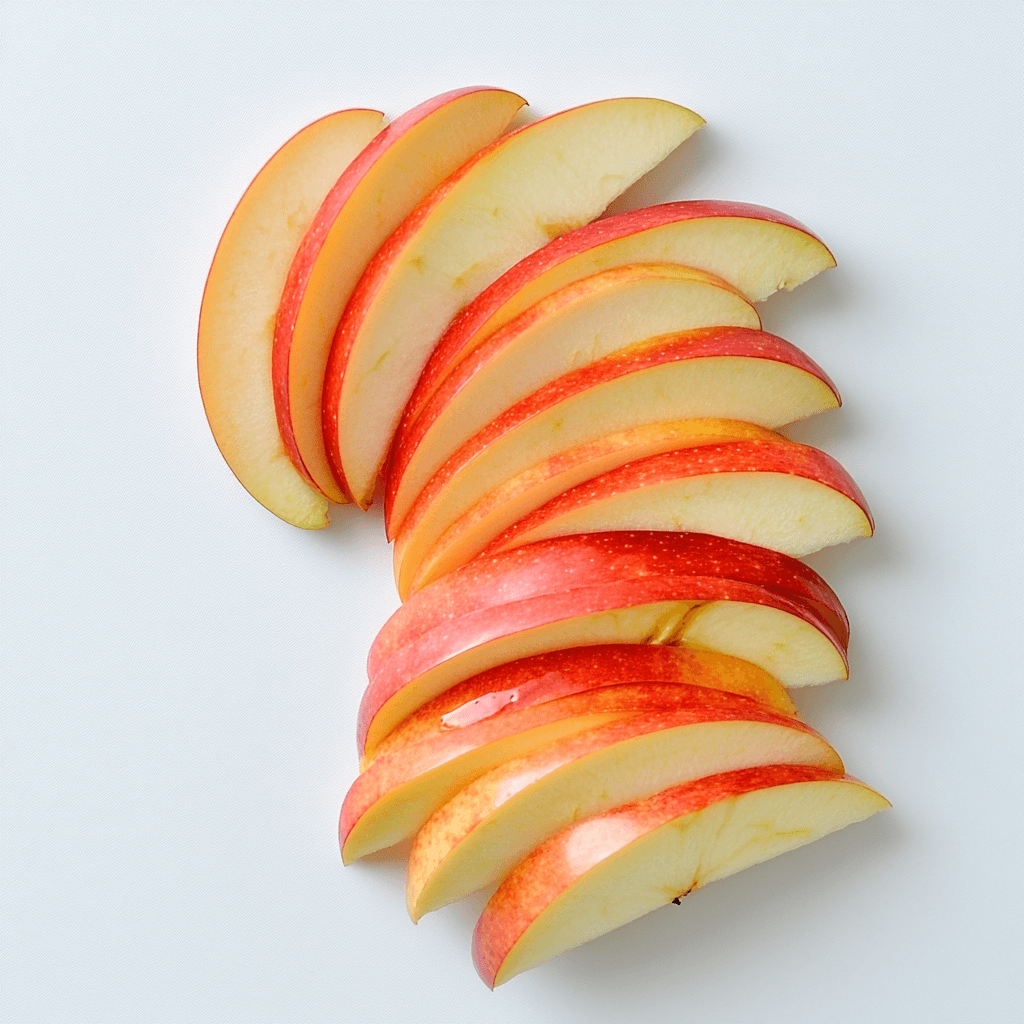
Michael Stelzner, Founder and CEO
P.S. Add
michael@socialmediaexaminer.com into your contacts list. Use Gmail?
Go here to add us as a contact.
We publish updates with links for our new posts and content from partners. Your information: Email:
you Opted in on: 2020-04-05 14:53:59 UTC.






